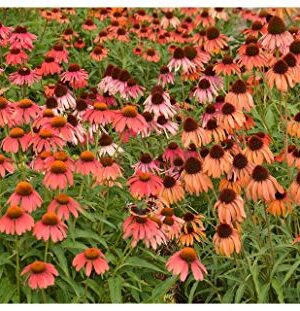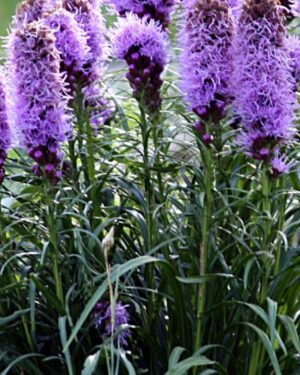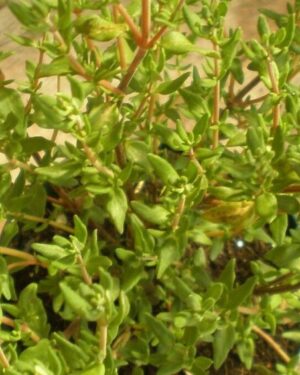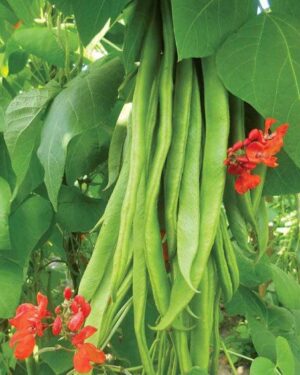Description
Pure English Bluebell Plant Seeds
Pure English Bluebell Plant Seeds are dark violet-blue occasionally white, drooping at the tip, and have a rich scent. Bluebells are tolerant of most soil types, and although often seen in full sunlight, they prefer to be in partial shade under deciduous trees or shrubs. Be very careful of offerings for bluebell seeds, unless confirmed from a managed genuine uncontaminated source. All our seeds are hand-harvested and dried from managed English ancient woodlands and are confirmed as pure English Bluebells. Hgt 20- 50cm Flowers April to June.
Cultivation Advice
- Plant Bluebell seeds in early autumn for the best results. This timing allows the seeds to experience the cold temperatures required for germination.
- Choose a shaded or partially shaded area with well-draining, humus-rich soil. Bluebells are native to woodlands and thrive under trees or in areas with dappled sunlight.
- Ensure the soil is loose and well-aerated. Incorporate organic matter like compost or leaf mold to improve soil structure and fertility.
- Sow Bluebell seeds at a depth of about 0.2 inches (5 mm) into the prepared soil. Space the seeds around 2-3 inches apart to allow for growth.
- Keep the soil consistently moist but not waterlogged during the germination period. Once established, they are relatively drought-tolerant but benefit from occasional watering during dry spells.
- Mulch around the planted area to retain moisture and suppress weed growth. Remove weeds regularly to minimize competition for nutrients.
- Bluebells prefer cooler temperatures and shade. They thrive in environments similar to their native woodland habitats.
- Bluebells generally do not require additional fertilization. However, incorporating organic matter during soil preparation can provide necessary nutrients.
- Bluebells are hardy plants and generally do not need special winter care once established. Mulch can help protect the bulbs from extreme cold in some regions.
- Bluebells are excellent for naturalizing in woodland settings. Once established, they can self-seed and spread, creating a carpet of beautiful blooms over time.
- Allow the Bluebell foliage to die back naturally after flowering. This allows the bulbs to store energy for the following year’s growth.
- Bluebells are generally pest and disease-resistant. However, they might be susceptible to slugs and snails, especially in damp conditions.
- Apart from seeds, Bluebells can be propagated by dividing established clumps after the foliage has died back.
- Bluebell flowers attract bees and other pollinators, making them beneficial for local wildlife and pollinator-friendly gardens.
- Bluebells thrive in slightly acidic to neutral soil (pH 5.5 to 7.5). Test the soil pH and amend if necessary using products specifically designed for acid-loving plants.
- They prefer soil enriched with organic matter, such as leaf mold or well-rotted compost. These additions enhance soil structure and fertility.
- Choose a site with proper drainage to prevent waterlogging, as Bluebells dislike overly wet conditions. Raised beds can help in areas with poor drainage.
- Besides seeds, Bluebells can also be propagated by lifting and dividing established clumps in late summer when the foliage has died back.
- Bluebell seeds require a period of cold stratification for successful germination. You can simulate this by placing the seeds in the refrigerator for several weeks before sowing.
- Sow the seeds at the recommended depth in the prepared soil and water gently. Germination can take several weeks to several months, so patience is vital.
- Bluebells can be grown in containers with proper care. Use a well-draining potting mix and ensure the pots have adequate drainage holes.
- Keep containers in a shaded or partially shaded area, and monitor moisture levels regularly.
- When planting Bluebells for naturalizing, scatter seeds or plant bulbs in irregular patterns to create a more natural look, mimicking their growth in the wild.
- Once established, Bluebells require minimal maintenance. Avoid disturbing the bulbs excessively as they naturalize and multiply over time.
- Dividing overcrowded clumps every few years rejuvenates the plants and helps maintain their vigor.
- Bluebells complement other shade-loving plants like ferns, hostas, or early-flowering bulbs such as snowdrops or daffodils in woodland-style gardens.
- In areas with heavy deer or rabbit populations, protect Bluebells with appropriate deterrents or fencing to prevent damage to the plants.
- Allow seed pods to mature and dry on the plant before collecting seeds. Store the seeds in a cool, dry place until ready for sowing.









Reviews
There are no reviews yet.